"Essential Minecraft Resource: Wood Guide"
Minecraft enthusiasts, get ready to explore the diverse world of trees within the game! In this comprehensive guide, we'll delve into the twelve main types of trees available in Minecraft, highlighting their unique characteristics and how to leverage them effectively for your in-game projects.
Types of Trees in Minecraft
- Oak
- Birch
- Spruce
- Jungle
- Acacia
- Dark Oak
- Pale Oak
- Mangrove
- Warped
- Crimson
- Cherry
- Azalea
Oak
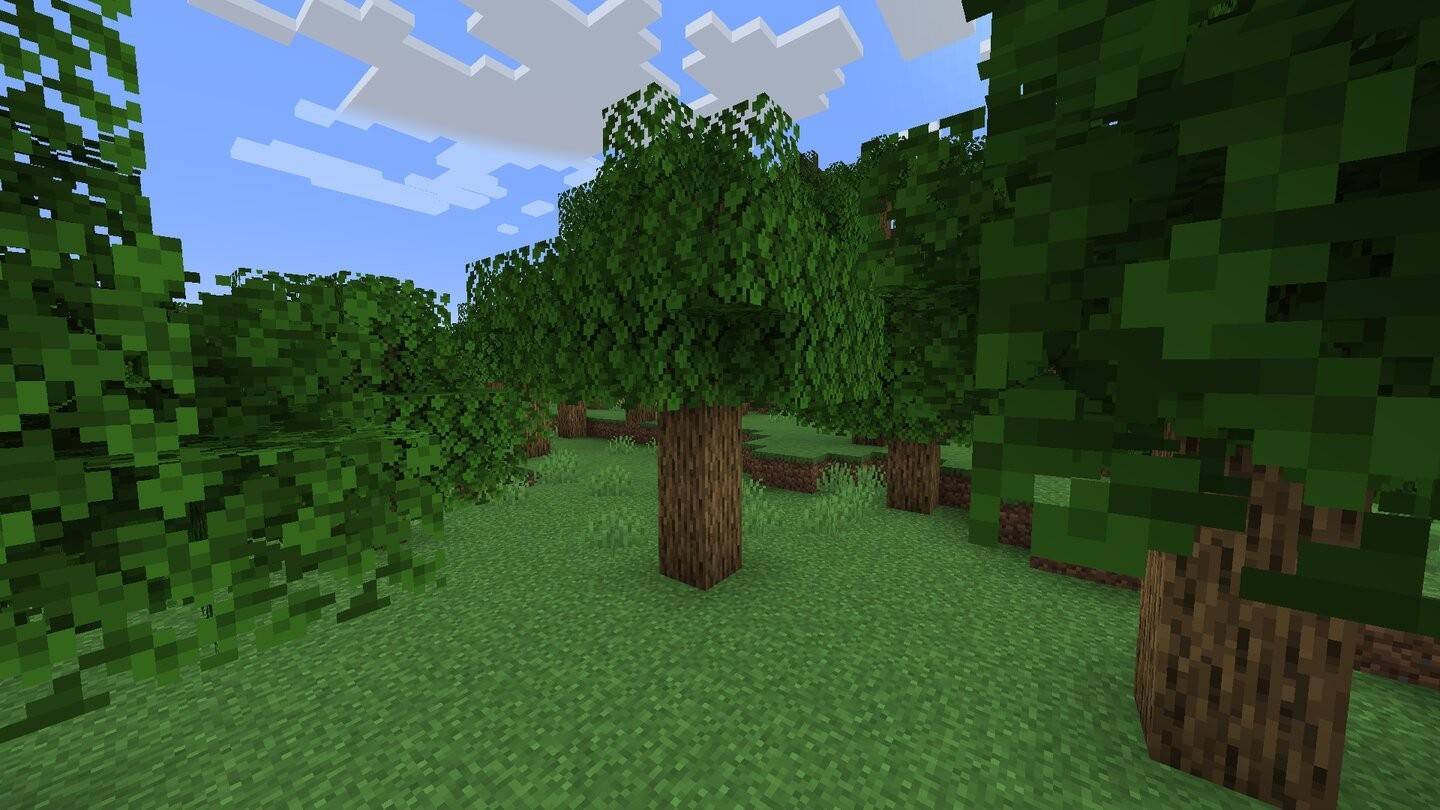 Image: ensigame.com
Image: ensigame.com
The ubiquitous oak tree is found in nearly every biome, excluding deserts and icy tundras. Its versatility makes it perfect for crafting items like planks, sticks, fences, and ladders. Oak trees also drop apples, useful for early-game sustenance or crafting golden apples. The neutral tone of oak wood lends itself well to a variety of builds, from rustic cottages to urban skyscrapers.
Birch
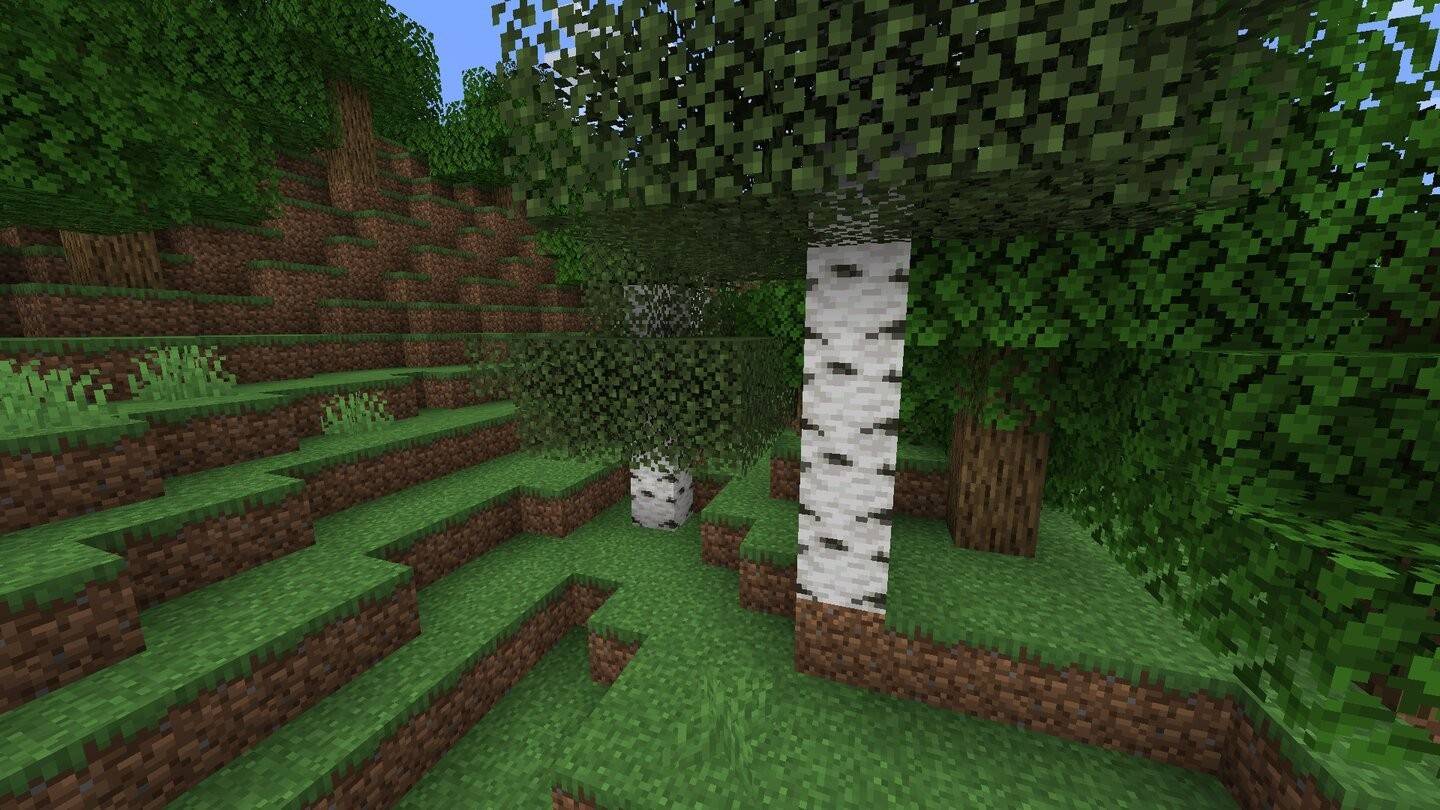 Image: ensigame.com
Image: ensigame.com
Birch trees, with their light wood and distinctive pattern, are a stylish choice for modern and minimalist structures. Found in birch forests and mixed biomes, birch wood complements stone and glass, making it ideal for bright and spacious interiors.
Spruce
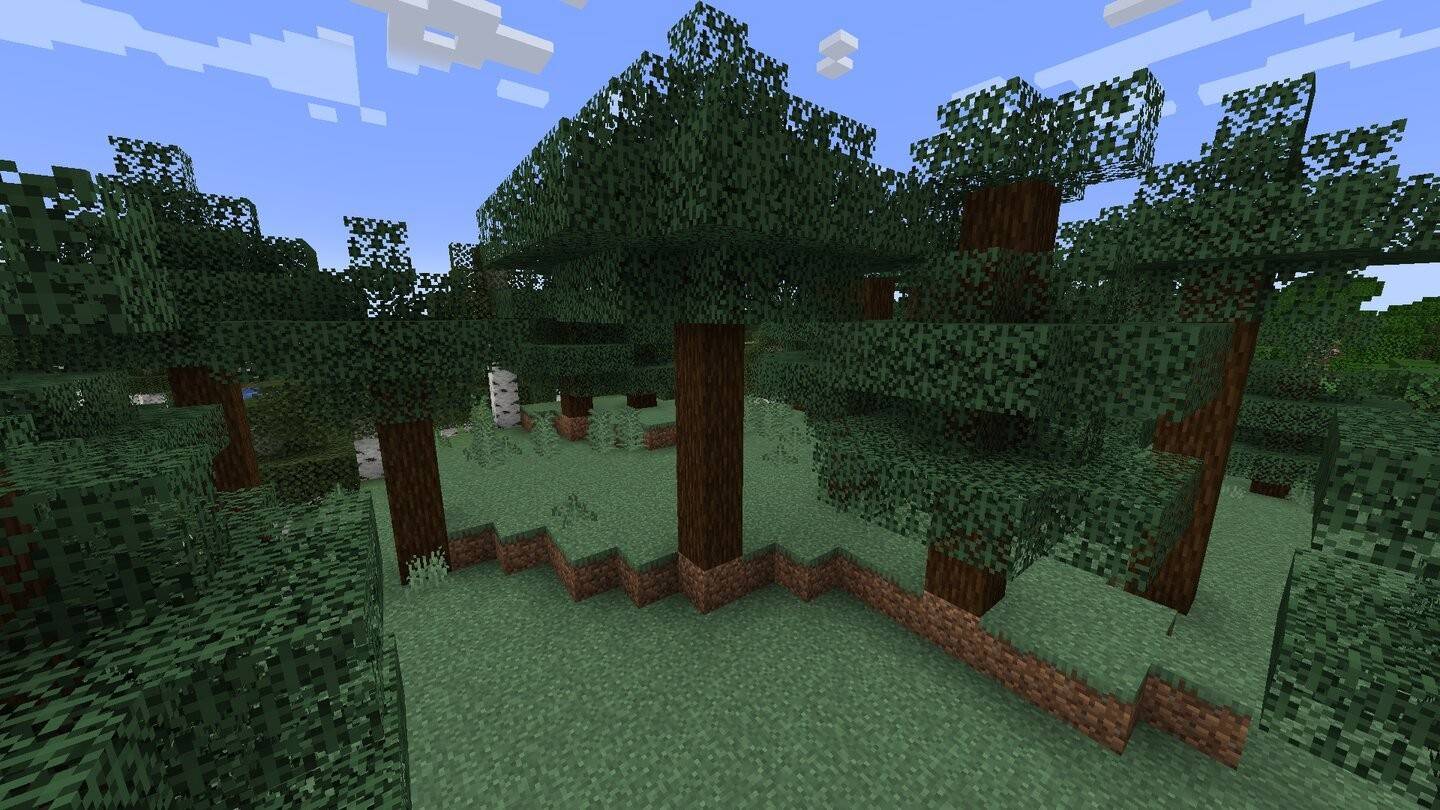 Image: ensigame.com
Image: ensigame.com
Spruce trees, known for their height and dark wood, are perfect for gothic and medieval-style builds. They thrive in taiga and snowy biomes, adding a warm and robust feel to structures like castles and country houses.
Jungle
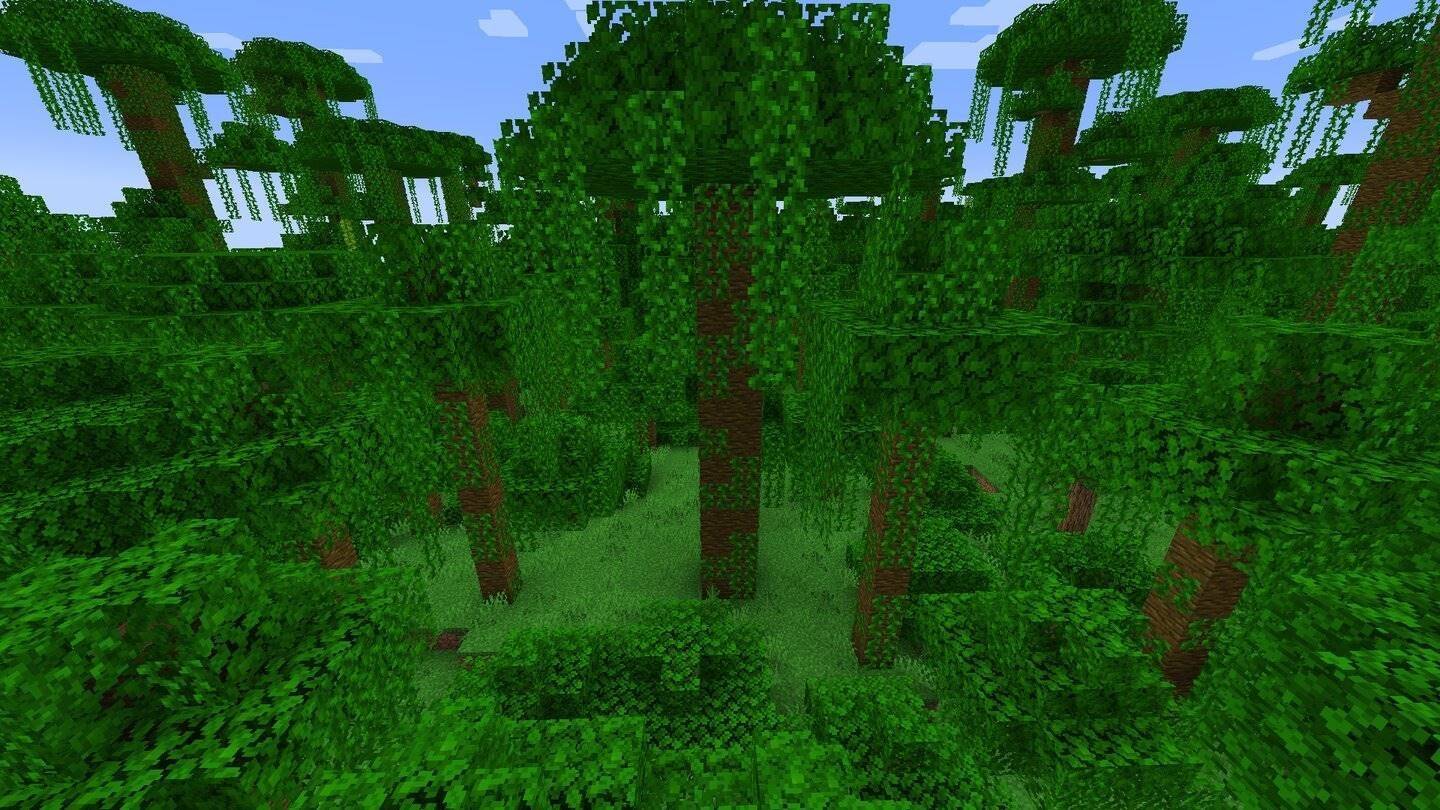 Image: ensigame.com
Image: ensigame.com
Jungle trees, found exclusively in jungle biomes, are tall and boast a vibrant hue. They're excellent for decorative purposes and cocoa farming, making them a valuable resource for adventure-themed builds and pirate bases.
Acacia
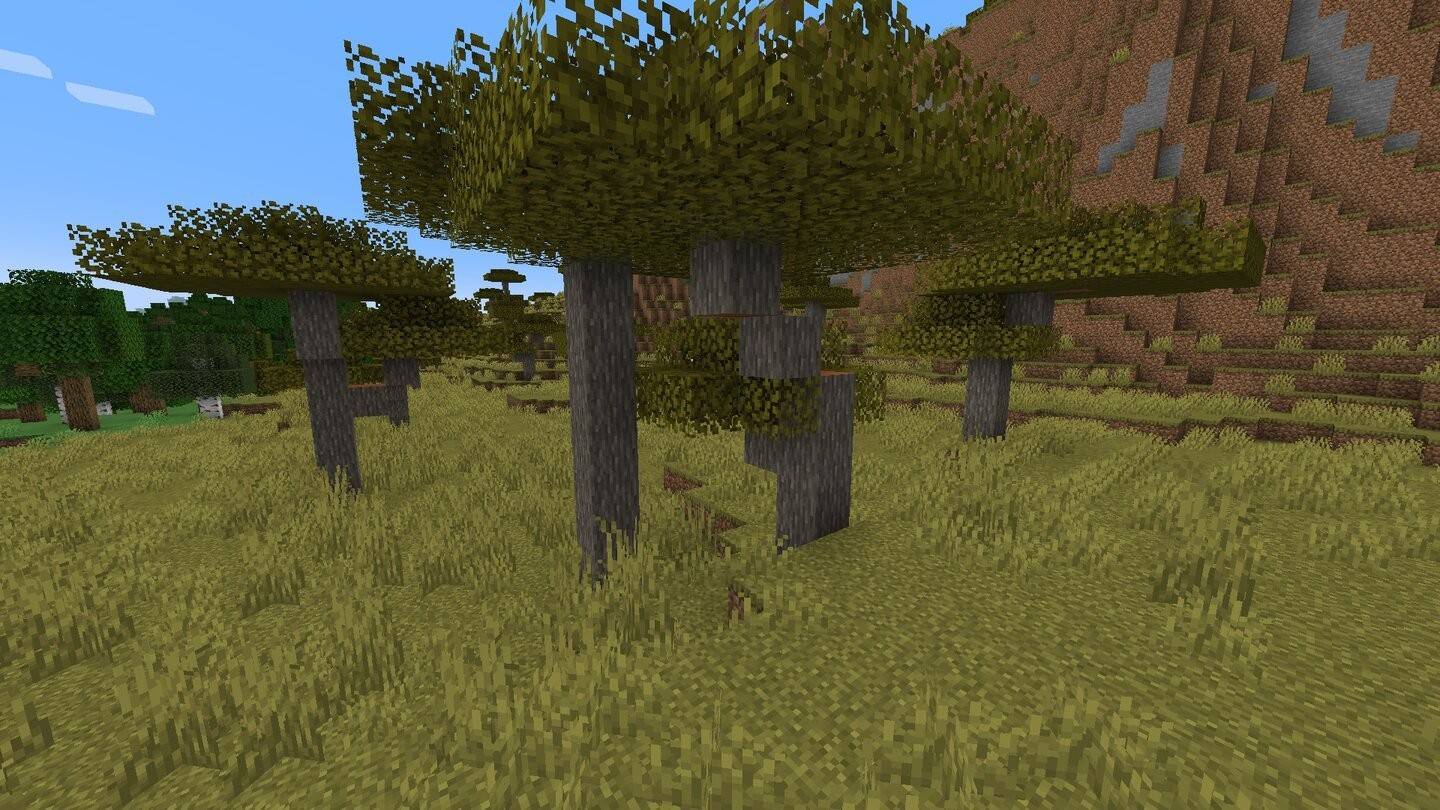 Image: ensigame.com
Image: ensigame.com
Acacia trees, with their reddish tint, are found in savannas and are perfect for ethnic-style villages and desert-inspired builds. Their unique horizontal branches add character to your creations.
Dark Oak
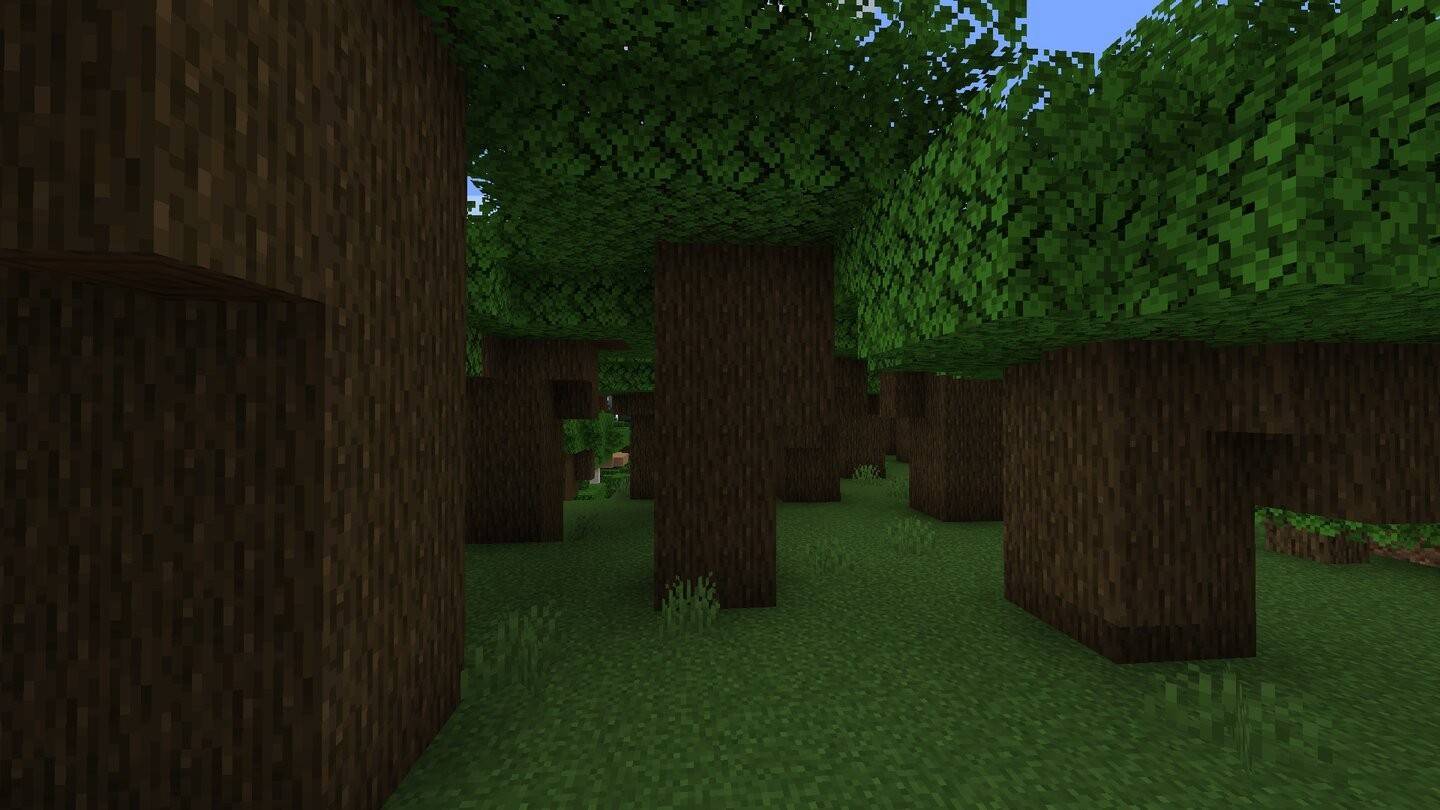 Image: ensigame.com
Image: ensigame.com
Dark oak, with its rich chocolate-brown shade, is ideal for luxurious interiors and medieval structures. It's found only in the Roofed Forest biome and requires four saplings to plant, making it a bit challenging to obtain early in the game.
Pale Oak
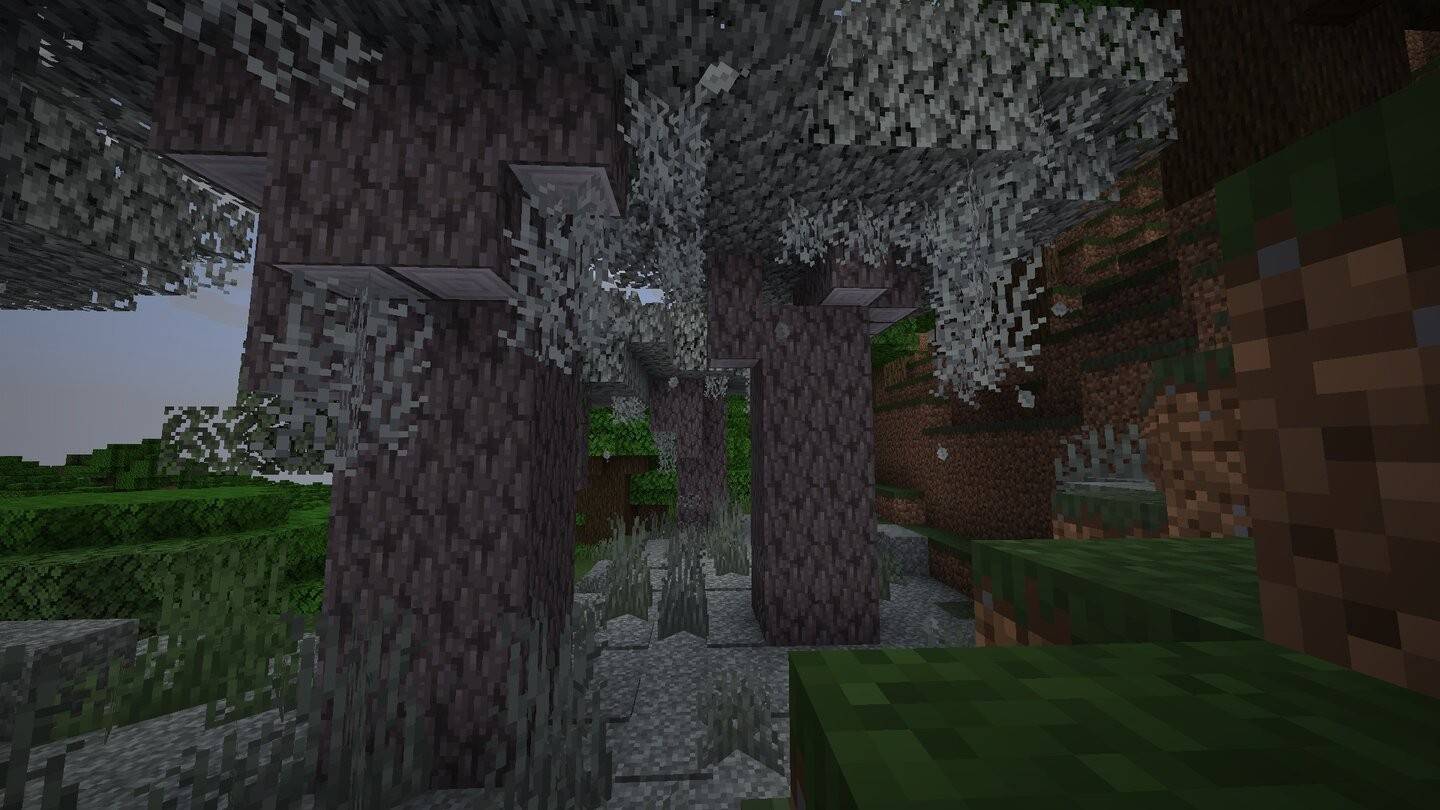 Image: ensigame.com
Image: ensigame.com
Pale oak, found only in the Pale Garden biome, is a rare tree with a grayish tone and unique pale moss. Its texture matches dark oak, making it a great contrast for builds. Be wary of the "skripcevina" inside the trunk, which summons aggressive "skripuns" at night.
Mangrove
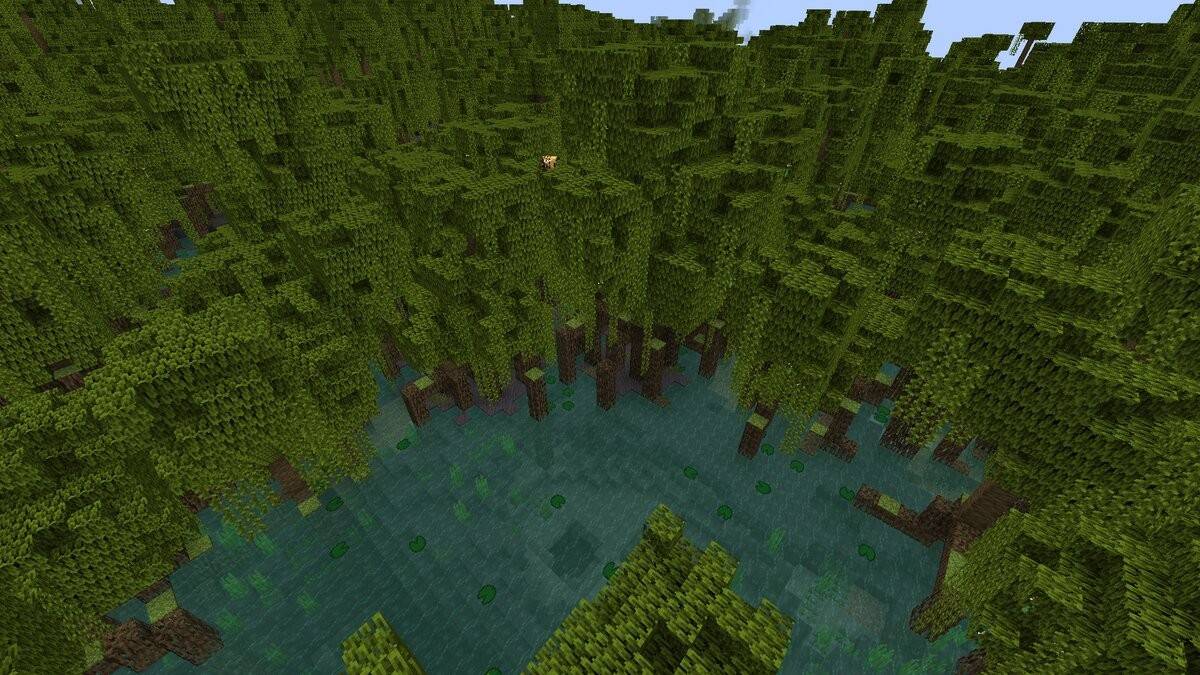 Image: youtube.com
Image: youtube.com
Mangrove trees, added in a recent update, grow in mangrove swamps. Their reddish-brown wood and root system are perfect for building piers, bridges, and swamp-themed structures, adding authenticity to your builds.
Warped
 Image: feedback.minecraft.net
Image: feedback.minecraft.net
Warped trees, found in the Nether, have a distinctive turquoise color and are perfect for fantasy-style builds. Their non-flammable nature makes them ideal for unconventional constructions like magic towers and mystical portals.
Crimson
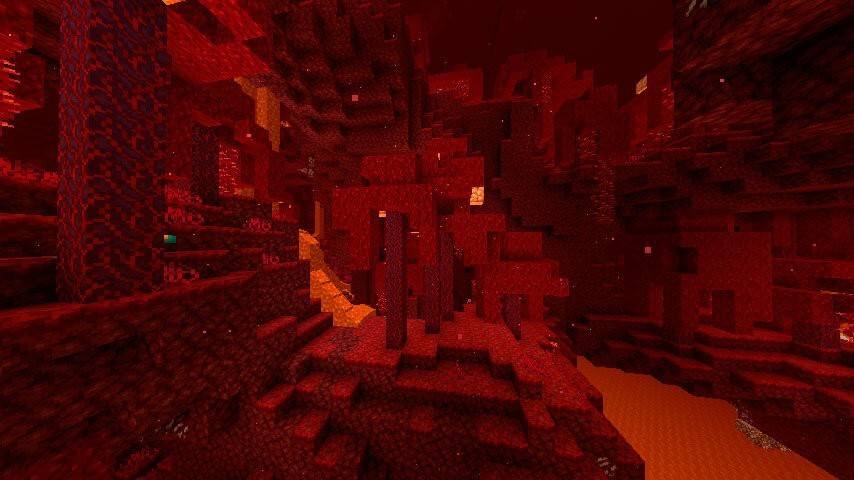 Image: pixelmon.site
Image: pixelmon.site
Crimson trees, also from the Nether, feature a red-purple wood that's perfect for dark or demonic-themed builds. Like warped wood, crimson is non-flammable, making it suitable for hazardous environments and Nether-inspired interiors.
Cherry
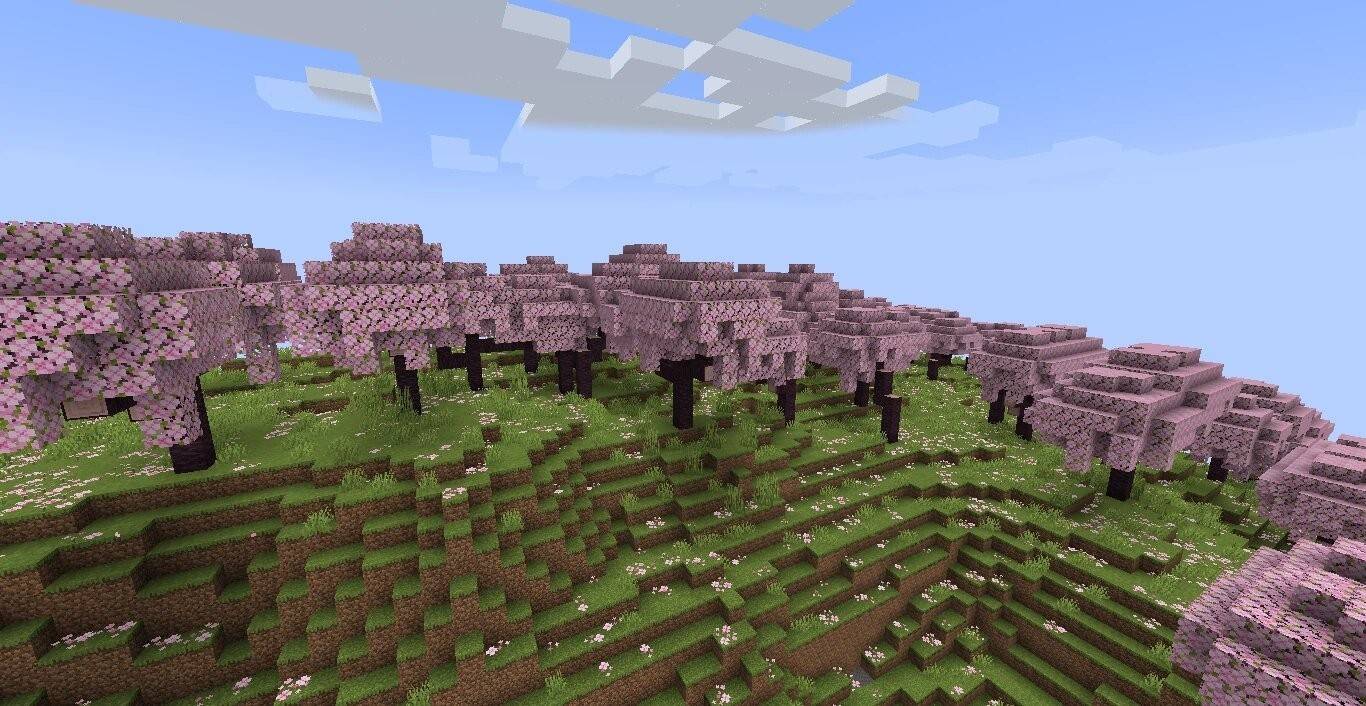 Image: minecraft.fandom.com
Image: minecraft.fandom.com
Cherry trees, found only in the cherry grove biome, have bright pink wood and generate unique falling-petal particles. They're excellent for creating atmospheric and unique design solutions, especially for interior decoration and unusual furniture.
Azalea
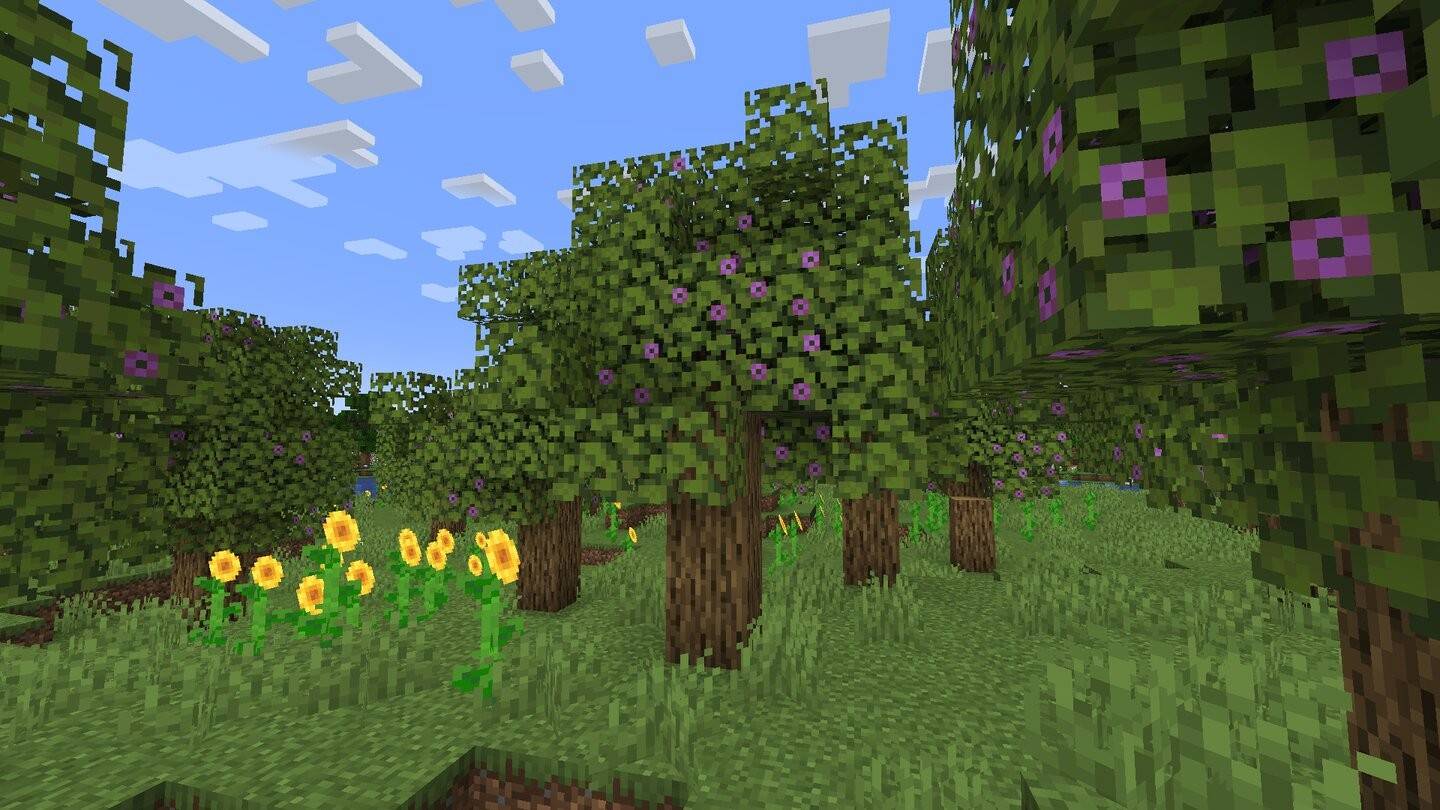 Image: ensigame.com
Image: ensigame.com
Azalea trees, similar to oak but with unique features, generate above lush caves and have a root system. They're useful for locating potential mines and are great for design due to their unusual flowers.
In Minecraft, wood is more than just a resource; it's the cornerstone of survival and creativity. While any type of wood can be used for crafting, their varied textures and colors offer endless possibilities for building unique structures. By understanding the distinct features of each tree type, you can maximize their use in construction, crafting, decoration, and even farming. So, grab your axe, venture into the nearest forest, and start crafting your Minecraft masterpieces!
- 1 Pokemon Go’s first Community Day of 2025 will feature Sprigaito Jan 05,2025
- 2 Holiday Thief Arrives in Seekers Notes Dec 26,2024
- 3 Watcher of Realms Is Dropping New Heroes and Skins This Thanksgiving and Black Friday! Dec 30,2024
- 4 Jujutsu Kaisen Phantom Parade: Tier List Update for 2024 Dec 28,2024
- 5 How To Find and Beat the Storm King in LEGO Fortnite Jan 05,2025
- 6 PUBG Mobile's Championship Finale Nears Jan 09,2025
- 7 Goddess Of Victory: Nikke Is Dropping a New Year’s Update and Collabs with Evangelion and Stellar Blade Soon Jan 04,2025
- 8 Brok's Festive Adventure Now Available Jan 03,2025
-
Mastering the Art of Digital Tools
A total of 10
-
Hidden Gems: Unexpectedly Useful Other Apps
A total of 10
-
Top Free Adventure Necessary Games for Android
A total of 4










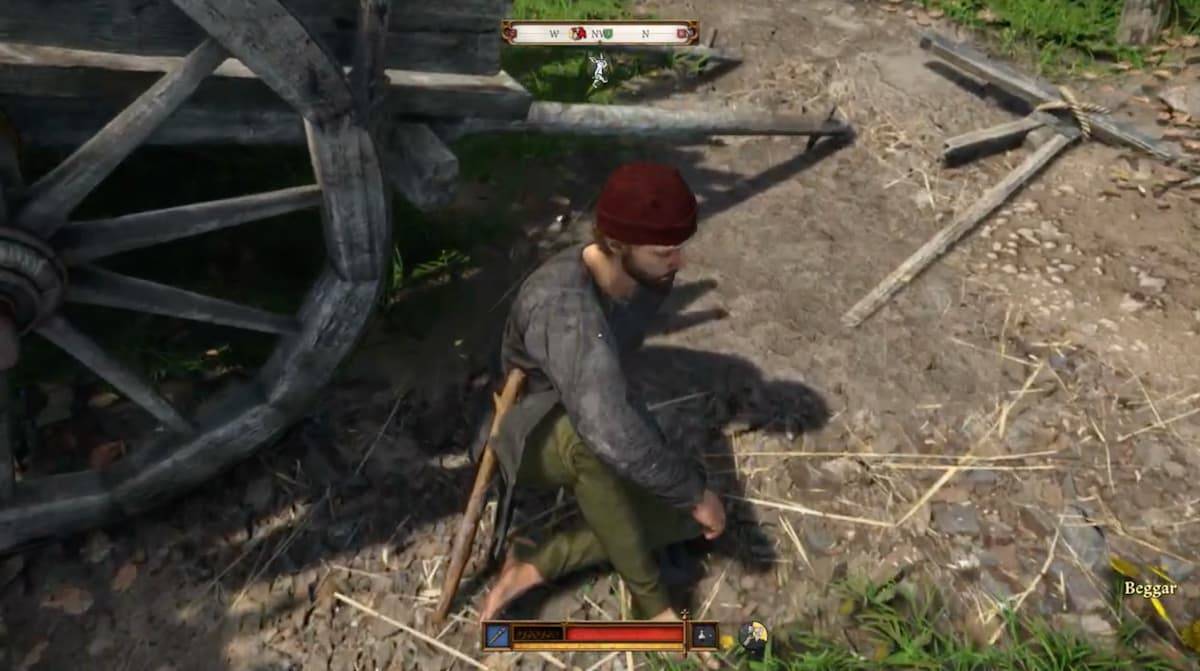

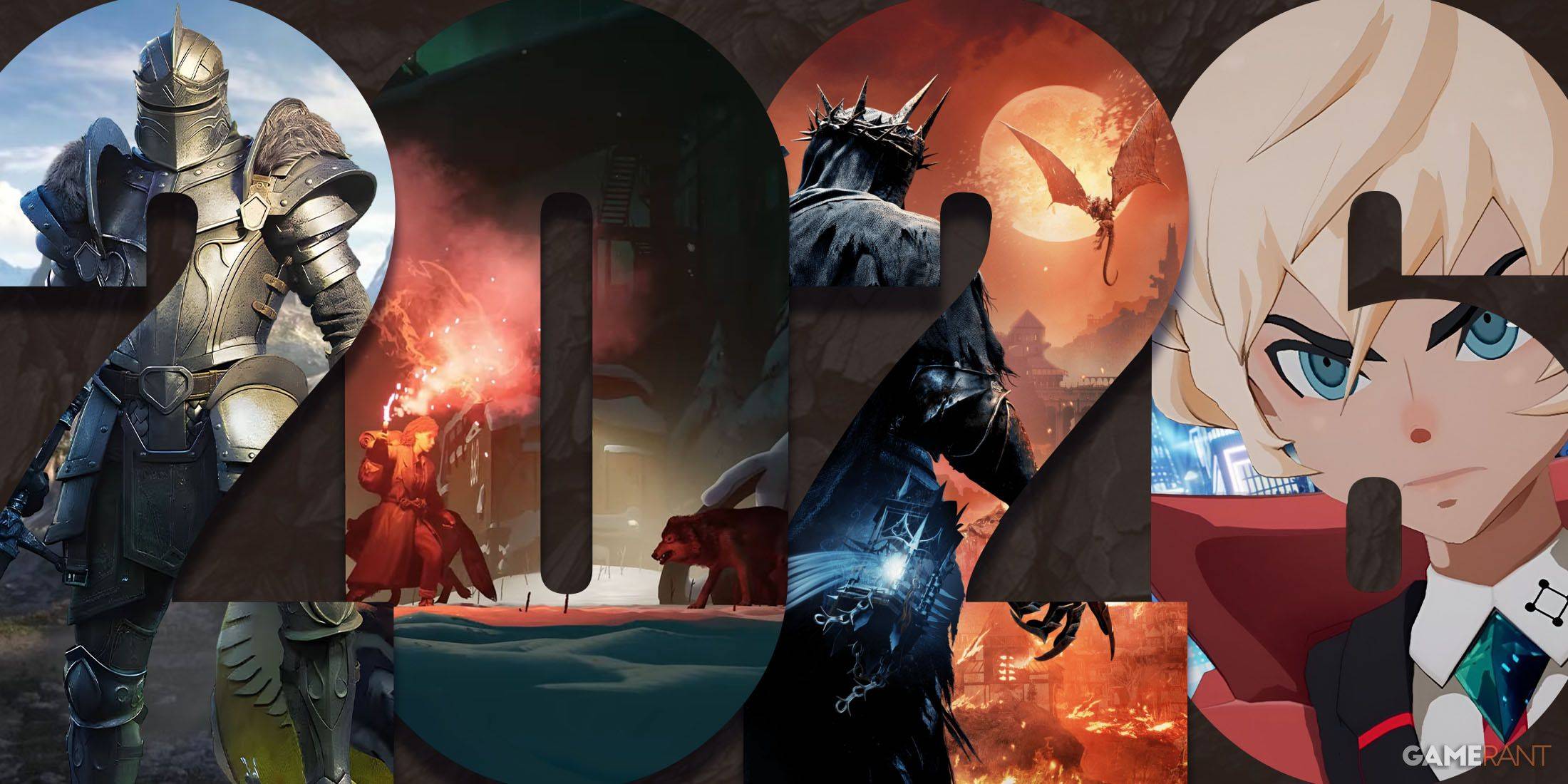
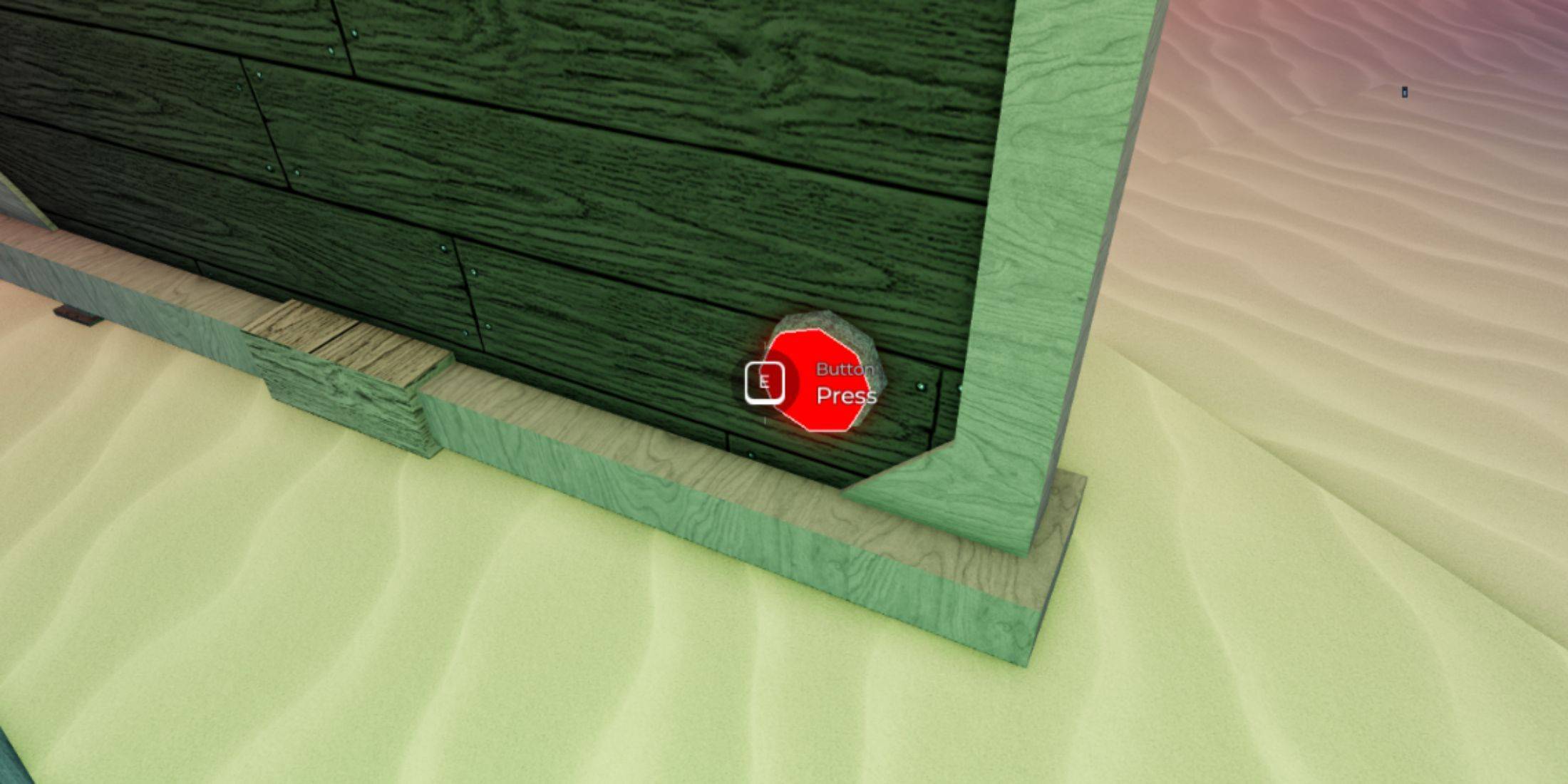

![LeMOMnade: Family Squeeze! – Version 1.1.1 [mtrellex]](https://img.3xbz.com/uploads/38/1719569762667e8d62c486e.jpg)
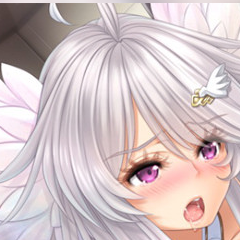

![My Cute Roommate 2 – New Version 1.0 Extra [Astaros3D]](https://img.3xbz.com/uploads/38/1719606486667f1cd652f1a.jpg)











